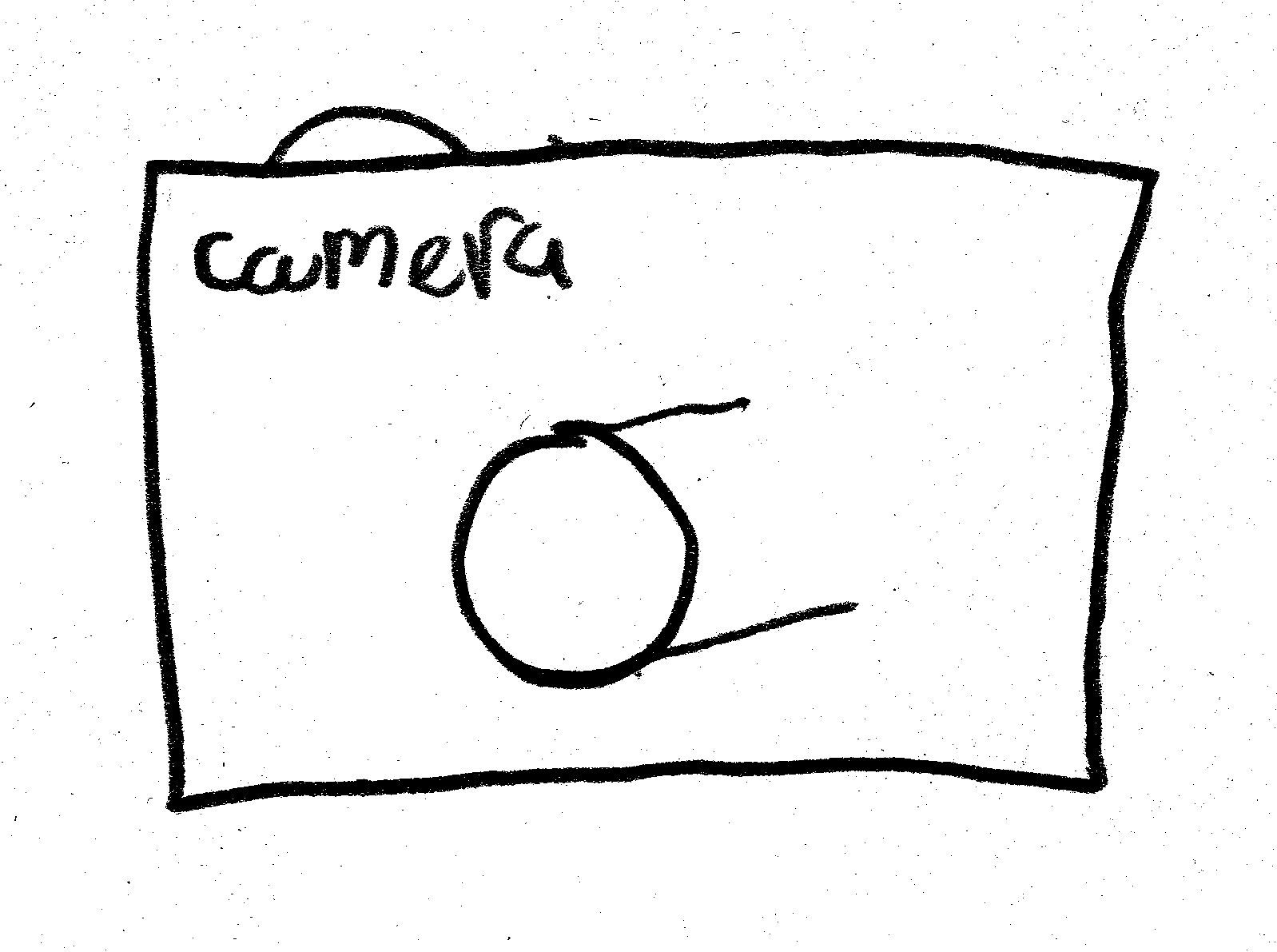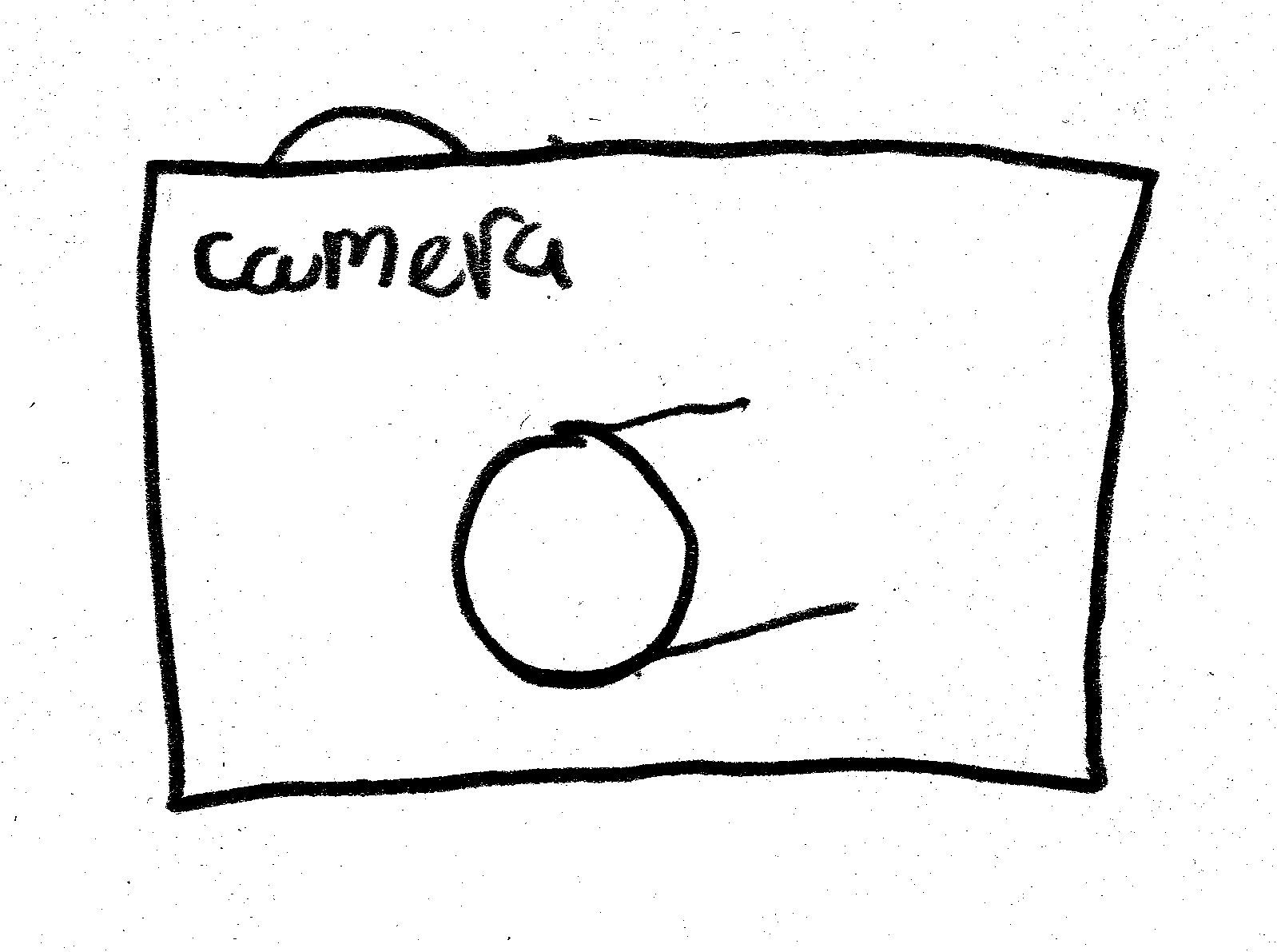
fragments of an autobiography / one
On Monday, 17 September 1956, a very naive 16-year-old joined the full-time photography course at the Bournemouth Municipal College of Art. Since being given a box camera on his thirteenth Christmas his overriding passion was to take pictures and become a professional photographer.
Michael Hallett is teacher, photographer and internationally published photographic historian. Within an academic environment he works with critical theory and practice. As a practitioner he uses both pictures and words producing very different outcomes. He both makes images and uses them. As a manager and facilitator, he uses the past as an exemplar to promote change and move imaging and media forward to a new generation. He listens, questions and queries the activities of other practitioners bringing their work forward to a wider audience. It is this eclectic mix that provides the experiences and outcomes of more than six decades.
>> fragments << in its various forms reflects elements of 'being there', itself an autobiographical device he use on numerous occasions. These decades have been a period of vast social, economic and technological change and the visual and textural narrative touches on these movements. He uses the experiences of almost four decades of teaching to impact and promote endeavours beyond that of a teaching institution
These years mirror the changes and progress of the photographic medium. They reflect the change from analogue to digital photography that transformed the medium beyond recognition. The cameras used have varied in all formats and forms from a 10x8 inch Sinar to the latest iPhone. Images have been captured on a range of glass 1/4 plate in the late-50s to the extreme digital memory cards of today. These options changed the nature of the image, using the inherent granular structure Ilford HPS (late 1950's) , reproducing white-on-white with Kodak Professional color negative film (mid-1960's, to pushing the speed of early digital cameras in the early 2000's. He used photo-chemistry from Kodak D23 film developer ('a pinch of metol and a handful of sulphite') to digital software of Photoshop v1.0 released free with the Apple Mac (late-1989). All this did nothing to create curiosity, but it did everything to progress what could be achieved.
the narrative
Some Things That Happened was the original title for John Steinbeck's Of Mice and Men could well be used to represent my own various endeavours. My seemingly effortless narratives, either in words or pictures, were mastered though many years of apprenticeship and periods of sheer hard work.
My images do not record the large subjects of war, famine or terror but represent the inconsequential of life. Steinbeck's vast canvas was the dust bowl of 30's California labour problems using elements of autobiographical knowledge. My continual referencing to a seaside theme will, with time, present its own historic viewpoint of an era. The subjects of my photographs are based on real people from previous experiences, but they become representative of any person anywhere at any time.
There are unfortunate parallels between Steinbeck's troubled 1930s and our current decades. The former provided the overture to the Second World War through Hitler and Nazism; the impact of a downturn on a global economy and its impact in America. It was a decade of creative outpourings and the introduction of the Leica camera and picture journalism. The current decade is fraught with war, terrorism, migration and global economic and political turmoil. The new technologies are changing our material world as well as the presentation and authority of the arts and media.
Leaving the day job over twenty years ago, provided me with a feeling of artistic independence born of financial security. Wrapped in digital media the opportunity to take risks and stretch boundaries became intriguing. It offered intellectual freedoms completely unheard of a few years earlier.
1956-1963: the learning apprenticeship
The Sixties was also one of those dominant decades that happen every fifty or so years and have a particularly strong reaction on society. It embraced the Cuban missile crisis and one recalls the optimism of the Kennedy era. And there was an inclination towards CND and Antonioni films. For many its culture impact started in the mid-fifties and was well placed by the early-sixties, all of which had parallels with my learning years.
Being a student at Bournemouth Municipal College of Art in the days when half the students had completed national service and the other half, like myself were potential raw recruits became a jumping off point. For the time the full-time course in photography's unique with Frederic Courtney, its Principal keen to embrace photography within art and design environment. A mix of a Bauhaus philosophy and commercial art along with mixing your own chemicals and the 'photographic theory' of densitometry and sensitometry provided a sharp learning learning curve. A third year which introduced colour photography, in the form of carbo printing and the new Agfacolor process brought a sophistication to the craftsmanship that remains with me today.
Becoming an 'assistant' at a London fashion studio was an even sharper learning curve for this young lad up from the country more interested in photography than women and fashion. I was no rival to David Bailey though we worked out of the same studio but at slightly different times.
Head hunted before my 21st birthday to be an assistant lecturer at Leicester College of Art with limited professional experience and whose only 'teaching' experience was as an entertainment manage in a small holiday camp was ridiculous at the time but sealed what was to be a successful apprenticeship. Working with Tom Hudson for what was to become the foundation element for degree courses in art and design was a phenomenal experience. Many talk of it but few did it. The eloquence of this on my picture taking was only to emerge decades later.
Influences & Attitudes
It's all to do with what we have been told and what pictures continue to tell you. It's more to do with catalysts than copying. It's something that has a greater clarity in retrospect rather than being blatantly obvious at the time. Maybe this is changing but arguably that is to do with experience rather than age.
For me the influences are the photographic reality of Ansel Adams and Edward Weston, the more abstract qualities of Aaron Siskind along with the textured vision. The widescreen humanity of Sebastiaö, the eloquent eye of Robert Frank, the Hungarian storytelling of Brassai, André Kertész and Martin Munkácsi. Perhaps less Tony Ray Jones and more Anthony Armstrong Jones.
My 'photo constructions' are less Hockney, more Picasso and Cubism with a little of Beryl Cook thrown in for good measure. Increasingly my people appear to have a close kinship with L. S. Lowry while the skies are seen through the painterly eyes of Constable and Turner.
There are editors and curators who used photography: Edward Steichen and his ground-breaking exhibition Family of Man; Stefan Lorant and his emancipation with Weekly Illustrated (rather than the iconic Picture Post): Alexy Brodovitch, influential designer of of the photographic spread; Bruce Bernhard's coherent record of the Century; and Prof L Fritz Gruber who curated more than 300 exhibitions at photokina, promoting the visual language of photography of photography to new generations.
Of those using words rather than pictures, John Steinbeck as journalist with his
Grapes of Wrath or
Of Mice and Men is high on my list as is Joseph Heller with
Now & Then but certainly not
Catch 22. Closer to home, journalists Ian Jack and Keith Waterhouse colour in the detail in a way that is more to do with pictures than words.
1964-1970 American Odyssey
The impact of the Kennedy era cannot be overestimated for the creative youth of my generation. With the opening up of relatively inexpensive transatlantic air travel, the 'American Dream' became a distinct opportunity. Being awarded a Kodak Color Scholarship tenable in Rochester, New York at the headquarters of the Eastman Kodak Company (EKCo) taught me the skills about colour photography but so much more about international living.
The influence of the colour scholarship took me to the Manchester College of Art & Design during what was to be seen later as its heyday. That had to be seen as an element of chance. The teaching environment allowed me to do my own work with clients such as Germano Facetti at Penguin Books and the 'People' campaign for Granada Television Rentals. 'Cool Britannia' of the late-60s had a huge cultural impact on photography and film.
Invited to return to Rochester, New York in the 1969-1970 academic year as a visiting professor in photographic illustration at the Rochester Institute of Technology (RIT), where its School of Photographic Arts & Sciences was the largest school of photography in the world. In those days, Rochester was not just the headquarters of the EKCo but Polaroid, Xerox, Bauche & Lomb as well as being the home of the photo history museum of George Eastman House. For that year, the photographic world was my oyster and within walking distance of my apartment.
1972 - 2000 alternative directions
These years were really opportunities to move in new directions. Those were the years where the day job paid the mortgage with image making taking a back seat.
Over these decades, my concern was being involved with art. design & media rather than making photographic images. That definition would be particularly relevant on other occasions. Job roles included being Head of the second largest School of Photography in the U.K. at 34 years of age; being administrative head of the prestigious Birmingham School of Fine Art; founding editor of the ARTicle Press in 1989 which today continues to have an international reputation; designing the first Masters degree in the U.K. with a research element in photographic history; as well as teaching photographic theory to literally thousands of students from all art & design academic disciplines.
My own research provided the first CNAA MPhil research degree in photographic history with the topic 'Significant years in the history of photography in the Greater Manchester area: 1840-1880'; contributor to the British Journal of Photography and its Annual over this entire period; as well as researching and writing the authorised Stefan Lorant's biography. In particularly these years found my contributing as an internationally published photographic historian and provided the groundwork for what would eventually became the evidence for a PhD by Published Work. These were ambitious years with outcomes in both words and pictures.
the flip side of the coin
It was quite an effervescent mix. On one level it was photo historical research, but that frequently had been seen with a cultural and social context. On another level there had to be language that had a place within a formal art historical commitment. And there was an autobiographical quality to it all ....

Michael Hallett





















